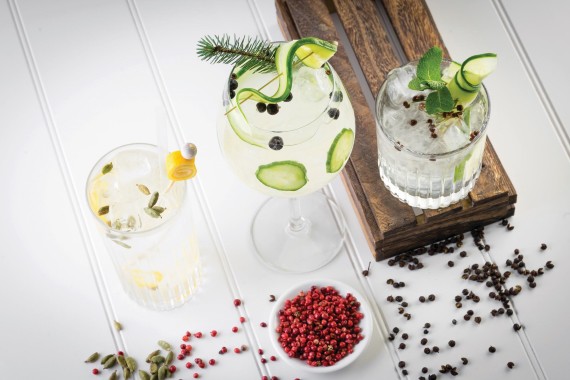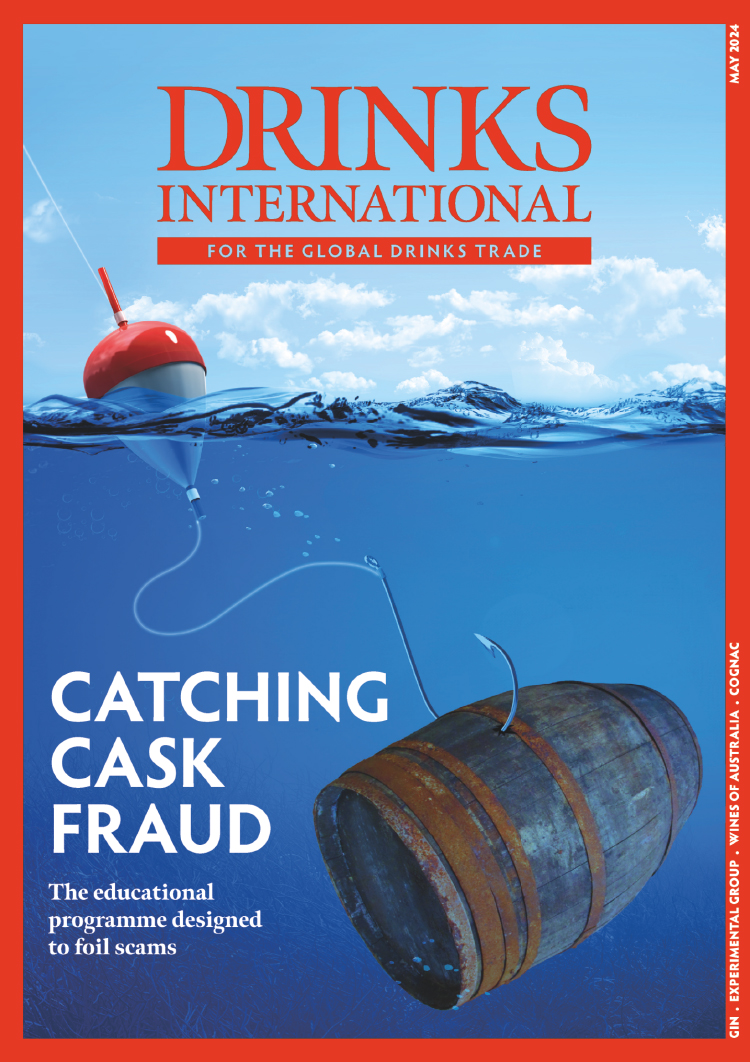As predicted some years ago, the gin sector is maturing in developed markets. Following its explosion of seemingly endless flavours and colours, consumers in countries such as the UK, Spain and France are returning to more traditional-style Old Tom or London Dry gins. Given the symbiotic relationship of gin to tonic water, the latter is following the same pattern. But as consumers return to the old school, tonic producers are looking for new innovations to add revenue.
Flavour fatigue
There are few brands with the authority to comment on this shift in the gin market other than Hayman’s. The London-based distiller is a family business, whose origins date back to the creation of the London Dry style itself. In 1863 James Burrough created the first London Dry gin and now, more than 160 years later, his great grandson Christpher Hayman is the master distiller, while his children, James and Miranda, run the company on a daily basis.
“I know that at one point in recent time 80% of gin in the US was consumed in cocktails while in the UK 80% was used in a Gin & Tonic. I think this has evened out a little bit now but we’re certainly seeing a return to traditional-style London Dry gins,” James Hayman tell Drinks International. “As a family we’ve always wanted to represent the traditional side of the gin category – it wouldn’t make sense for us with our heritage to add a sweet, artificial flavour to our historic gin. We’ve stayed true to our roots and the market is coming back full circle.”
Oliver Winters, director of communications & ESG at Fever-Tree, adds: “75% of our UK sales are tonic water so it’s still the dominant part of our portfolio. Gin has moderated in the past 12-18 months with the flavoured, sweeter gins suffering the most. We remain positive about the category going forward and compared to 10 years ago it’s difficult to recognise it.”
In the six months to the end of April 2024, Fever-Tree’s profit reportedly fell 54% to £10.2m compared with the first half of 2022 as earnings halved – largely due to the increased cost of glass, which reduced the brand’s margins. However, according to Winters, the future is looking bright.
“Our market share has never been stronger in the UK and we remain the number one in both the on and off-trade,” he says. “Even during the changing market we’re doing well and, while others have had to deal with headwinds such as supply chains and raw material costs, bigger brands such as Fever-Tree have been able to ride these challenges much easier. While others have struggled, we’ve remained committed to investment in marketing and production. The market has essentially been thinned out.
“The cost of glass over the past few years really hit our margins but we continued to invest and we’ve reaped the rewards. Transport was another major cost but we’re confident these rates have begun to drop again and that our profit growth will increase this year.”
While developed markets such as the UK appear fairly stable in terms of sales, the bigger growth opportunities appear to be further afield. At the beginning of the year, Fever-Tree declared that its US-based revenues climbed by 24% on a constant currency basis to £117m in 2023, overtaking its UK performance for the first time.
Winters adds: “In the US we’re now the number one tonic and number one ginger beer brand. Last year we opened a Fever-Tree subsidiary in Australia. We do this in markets that show a significant growth or opportunity and we’ve now done it in Germany, US and the UK. We’re hoping to take production there this year and really push in Australia.
“Unfortunately India is notoriously difficult. We do have presence there, but the import tariffs are frustrating. However, we’re monitoring the situation because it’s got huge potential which could be worth it despite the smaller margins. There are some existing brands there which have a head start with local production, but it’s a challenge we’re willing to take.”
Cocktail crossover
In terms of innovation, Fever-Tree has targeted the cocktail occasion in its core markets. Last year the company launched a range of cocktail mixers in the UK to with which consumers can create some of the country’s most popular drinks at home. The range includes an Espresso Martini, Mojito and Margarita, while in the US there are Bloody Mary and low-calorie Margarita options.
“We’re looking to roll them out into more European markets this year,” says Winters. “Cocktails continue to grow in importance around the world, so we’ve already tapped into our core markets and the plan is to continue through Europe and with new varieties too.”
Greek brand Three Cents is another tonic producer performing well in the cocktail sector. The on-trade-only mixer is a regular in Drinks International’s Brands Report and is currently a top 7 bestselling mixer brand among the World’s Best Bars.
In 2024 Three Cents is celebrating its 10th anniversary, but at the core of its success was the development of its Pink Grapefruit Soda, which was designed to make Palomas. The story goes that the founders realised that in Europe the Paloma wasn’t widely recognised compared to the Margarita, so they created a highly carbonated soda for the on-trade.
Other tonic brands have since entered this soda space in order to appeal to the at-home cocktail occasion, going beyond just the Gin & Tonic to create more sophisticated serves with no extra work. Fever-Tree is once again proving a leader in the category with its latest cocktail innovation, which is important in countries such as the US and UK where traditional tonic sales are relatively stable.




